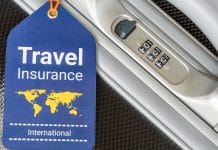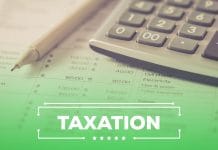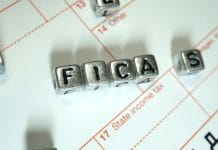You’re staring at three credit card statements, each showing balances that seem to grow despite your payments. Sound familiar? You’re not alone. Millions of Americans are trapped in the credit card debt cycle, watching their financial dreams slip away with each passing month.
But here’s the good news: credit card relief programs offer a legitimate path out of this nightmare. These aren’t magic solutions or get-rich-quick schemes. They’re structured, proven strategies that can help you regain control of your finances without declaring bankruptcy.
What Exactly Is a Credit Card Relief Program?
A credit card relief program is your financial rescue plan. It’s a structured debt solution designed to help borrowers reduce, manage, or eliminate credit card debt through various strategies. Think of it as having a financial expert in your corner, fighting to get you the best possible outcome.
These programs come in different forms, each tailored to specific financial situations. Whether you’re dealing with sky-high interest rates, unmanageable monthly payments, or the constant stress of mounting debt, there’s likely a relief program that fits your needs.
How Do Credit Card Relief Programs Actually Work?
The mechanics depend on which type of program you choose. Here’s how the most popular options operate:
Debt Settlement Programs work by having professionals negotiate with your creditors to accept less than what you owe. Instead of paying $20,000, you might settle for $10,000-$12,000. The catch? Your credit score will take a hit, but it’s often less severe than bankruptcy.
Debt Management Plans consolidate all your credit card payments into one monthly payment, typically with reduced interest rates. You’ll work with a credit counseling agency that negotiates better terms with your creditors.
Debt Consolidation Loans replace multiple high-interest debts with a single loan at a lower interest rate. This simplifies your payments and can save thousands in interest over time.
Will These Programs Damage Your Credit Score?
This is the million-dollar question, and the answer isn’t black and white. Your credit score impact depends entirely on which program you choose.
Debt settlement will temporarily lower your credit score because you’re paying less than the full amount owed. However, this impact is typically less severe than bankruptcy and recovers faster.
Debt management plans usually have minimal negative impact on your credit score. In fact, if you make consistent on-time payments, your score may actually improve over time.
Debt consolidation loans might cause a small, temporary dip due to the hard credit inquiry, but responsible management can boost your score in the long run.
The Truth About Program Legitimacy (Avoiding Scams)
Not all debt relief companies are created equal. Here’s how to separate the legitimate players from the scammers:
Red Flags to Avoid:
- Companies demanding large upfront fees
- Promises to erase debt instantly
- Guarantees that seem too good to be true
- High-pressure sales tactics
- No clear explanation of their process
Green Flags to Look For:
- Accreditation by the National Foundation for Credit Counseling (NFCC)
- FTC regulation compliance
- Transparent fee structure
- Clear timeline expectations
- Positive Better Business Bureau ratings
Always remember: legitimate companies will explain both the benefits AND the potential drawbacks of their services.
Timeline Expectations: How Long Does Relief Take?
Patience is key when it comes to debt relief. Here’s what you can realistically expect:
- Debt Management Plans: 3-5 years for complete payoff
- Debt Settlement Programs: 2-4 years for resolution
- Consolidation Loans: 2-7 years depending on your chosen terms
The exact timeline depends on your total debt amount, monthly payment capacity, and which program you select. Remember, these programs are marathons, not sprints.
What Types of Debt Qualify for Relief Programs?
Most relief programs focus on unsecured debts, which include:
- Credit card balances
- Personal loans
- Medical bills
- Store credit cards
- Some types of business debt
What typically doesn’t qualify:
- Mortgages
- Car loans
- Federal student loans
- Tax debt
- Child support obligations
If you’re dealing with student loan debt, you’ll need specialized programs designed for educational loans.
The Consequences of Missing Payments in Your Program
Consistency is absolutely crucial for program success. Missing payments can trigger:
- Program cancellation
- Loss of negotiated agreements with creditors
- Additional penalties and fees
- Potential legal action from creditors
- Damage to your credit score
Most successful participants treat their program payments like any other essential bill – non-negotiable and always paid on time.
Credit Card Relief vs. Bankruptcy: Making the Right Choice
Before considering bankruptcy, explore relief programs. Here’s why:
Relief Programs Offer:
- Less severe credit impact
- Ability to avoid bankruptcy stigma
- More control over the process
- Potential to preserve some credit history
- Lower long-term financial consequences
Bankruptcy Considerations:
- May eliminate debt faster (Chapter 7)
- Severe credit impact lasting 7-10 years
- Potential loss of assets
- Difficulty obtaining credit afterward
- Social and professional stigma
For most people dealing with manageable debt levels, relief programs offer a better long-term solution than bankruptcy.
Choosing the Right Relief Program for Your Situation
Your choice should depend on several factors:
| Program Type | Best For | Typical Savings | Credit Impact | Timeline |
| Debt Settlement | High debt, financial hardship | 30-50% | Moderate negative | 2-4 years |
| Debt Management | Steady income, want structure | Interest savings | Minimal | 3-5 years |
| Consolidation Loan | Good credit, multiple debts | Interest savings | Initial small dip | 2-7 years |
Consider your income stability, total debt amount, and long-term financial goals when making your decision.
Red Flags: How to Spot Debt Relief Scams
Scammers prey on desperate people, so stay vigilant:
Warning Signs:
- Upfront fee requests before any work is done
- Guarantees to eliminate all debt
- Advice to stop communicating with creditors
- No written contracts or clear terms
- Pressure to sign up immediately
Protect Yourself:
- Research companies thoroughly
- Read all contracts carefully
- Verify accreditations and licenses
- Get everything in writing
- Never pay large upfront fees
Making Your Relief Program Successful
Once you’ve chosen a program, follow these tips for success:
Create a realistic budget that accommodates your program payments. Use budgeting strategies to ensure you can meet your commitments.
Stop using credit cards to avoid adding new debt while paying off existing balances.
Communicate with your program representatives about any financial changes that might affect your ability to make payments.
Build an emergency fund, even a small one, to avoid using credit cards for unexpected expenses.
Stay committed to the timeline. These programs work, but only if you see them through to completion.
Beyond Relief: Building Long-Term Financial Health
Relief programs are just the beginning. To maintain your financial freedom:
Develop better spending habits by tracking expenses and identifying areas where you can cut monthly expenses.
Build an emergency fund to avoid future debt cycles. Even $500-$1000 can prevent minor emergencies from becoming major debt problems.
Improve your financial literacy by learning about budgeting, investing, and money management.
Consider side income opportunities to accelerate your debt payoff and build wealth for the future.
Taking Action: Your Next Steps
If you’re ready to explore credit card relief options:
- Calculate your total debt across all credit cards
- Assess your monthly income and expenses to determine payment capacity
- Research accredited debt relief companies in your area
- Get quotes from multiple providers to compare options
- Read all contracts carefully before signing anything
- Create a support system to help you stay motivated throughout the process
Remember, the best time to address debt problems is now. Every month you wait, interest charges pile up and your situation becomes more challenging to resolve.
Your Financial Freedom Awaits
Credit card debt doesn’t have to control your life forever. With the right relief program and commitment to change, you can break free from the debt cycle and build the financial future you deserve.
The journey won’t always be easy, but it’s absolutely worth it. Imagine the peace of mind that comes with knowing you’re debt-free, the opportunities that open up when you’re not sending hundreds of dollars to credit card companies each month, and the confidence that comes with taking control of your financial destiny.
Your path to financial freedom starts with a single step. Whether that’s calling a credit counseling agency, researching consolidation options, or simply creating a budget, the important thing is to start today.
Take action now, stay committed to your chosen program, and before you know it, you’ll be looking back on this challenging time as the moment you decided to change your financial life forever.
Ready to explore your debt relief options? Visit Wealthopedia for more comprehensive financial guidance and resources to help you make the best decisions for your unique situation.

























